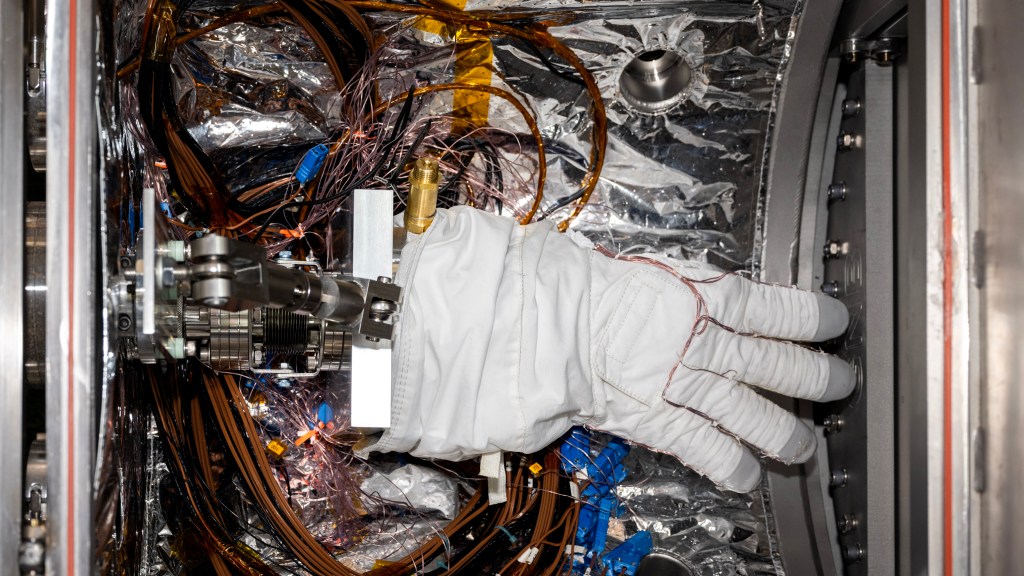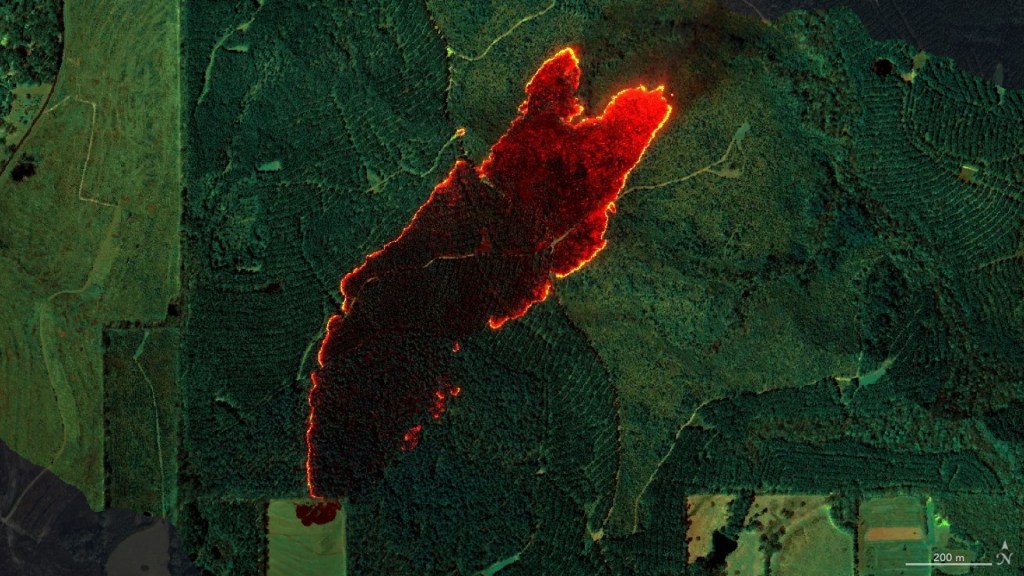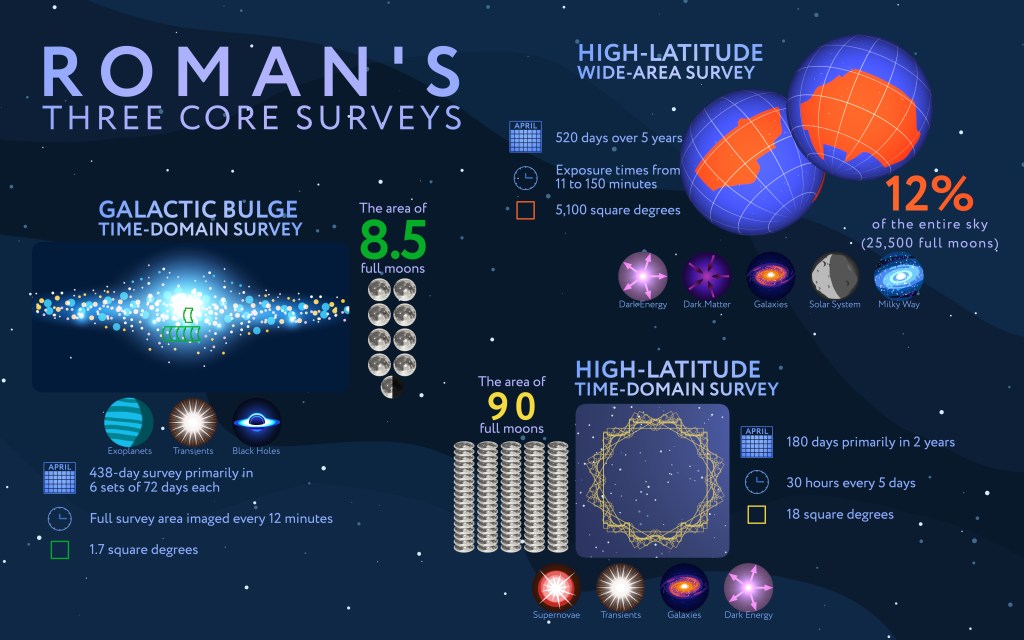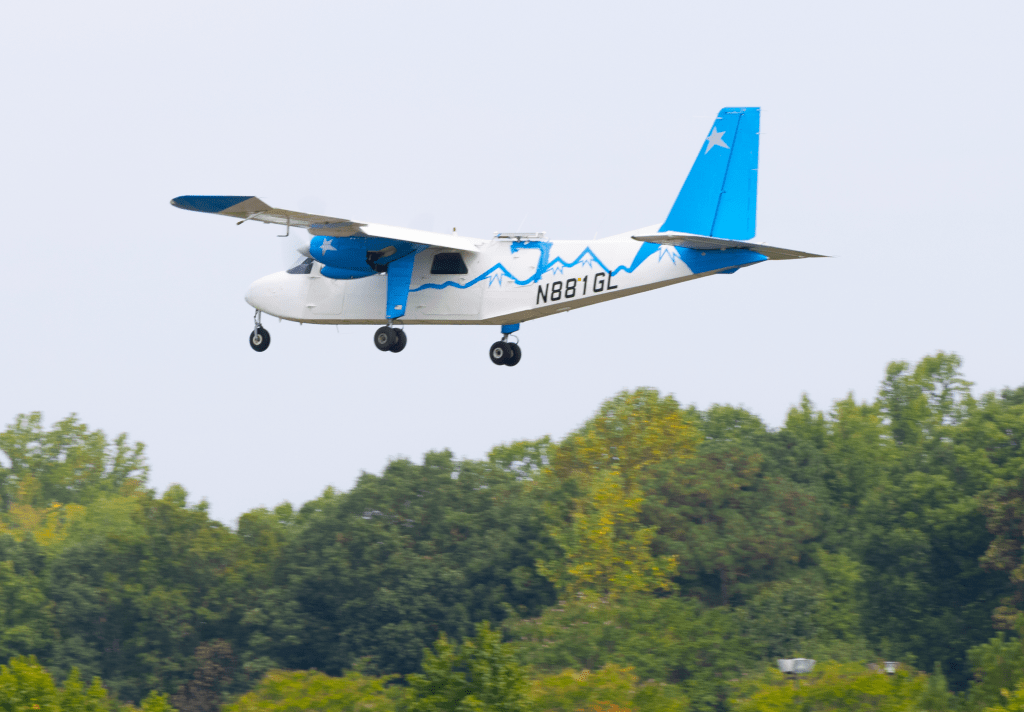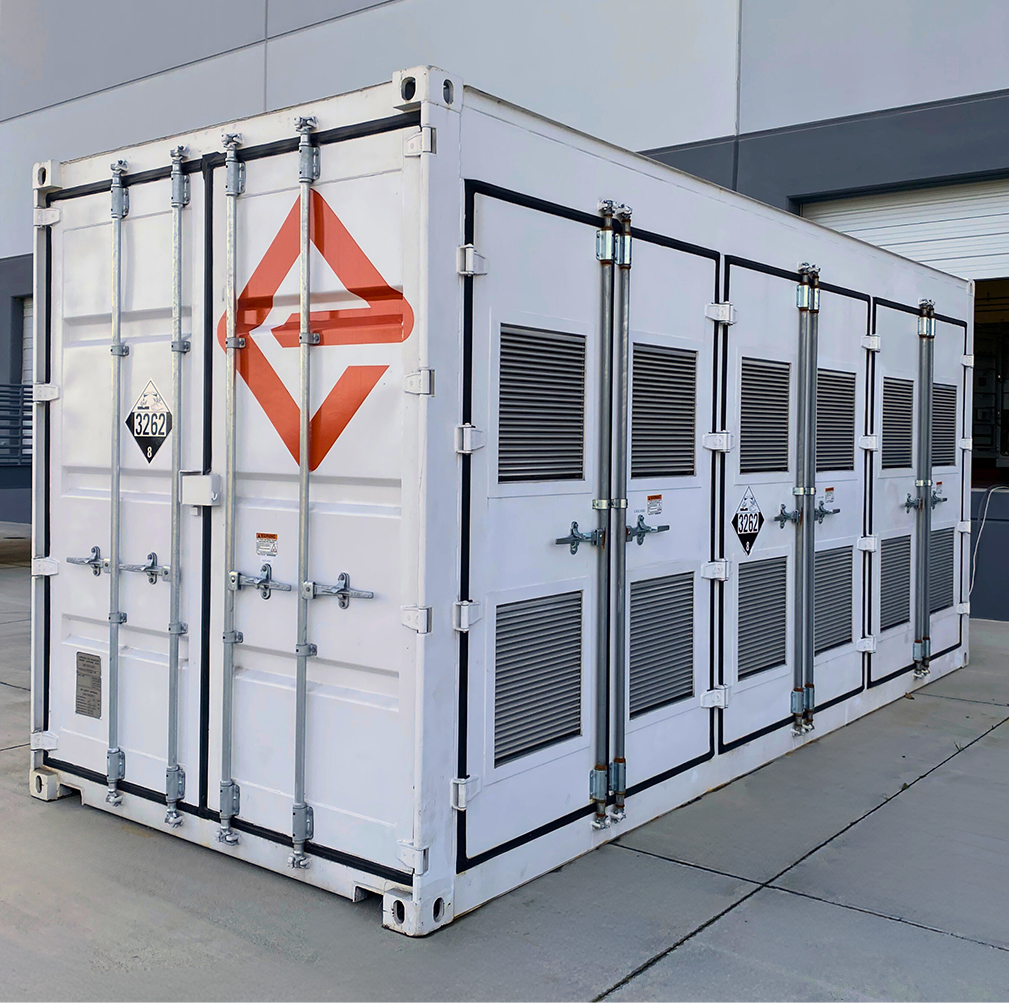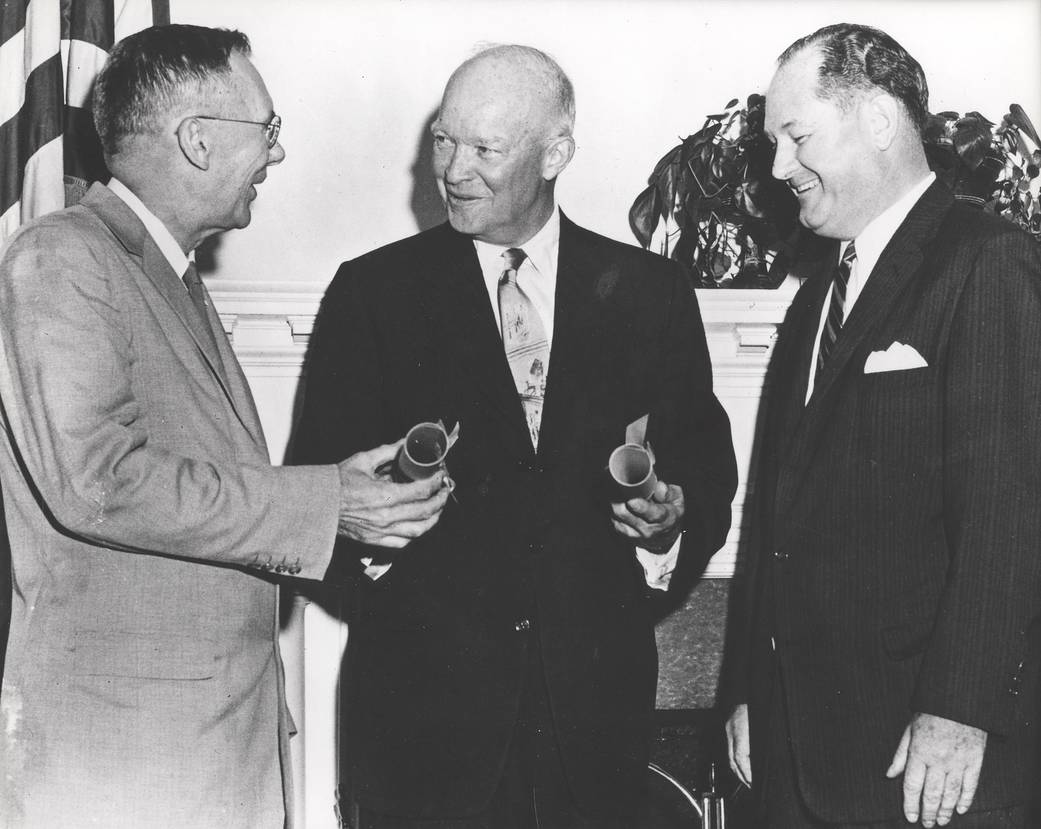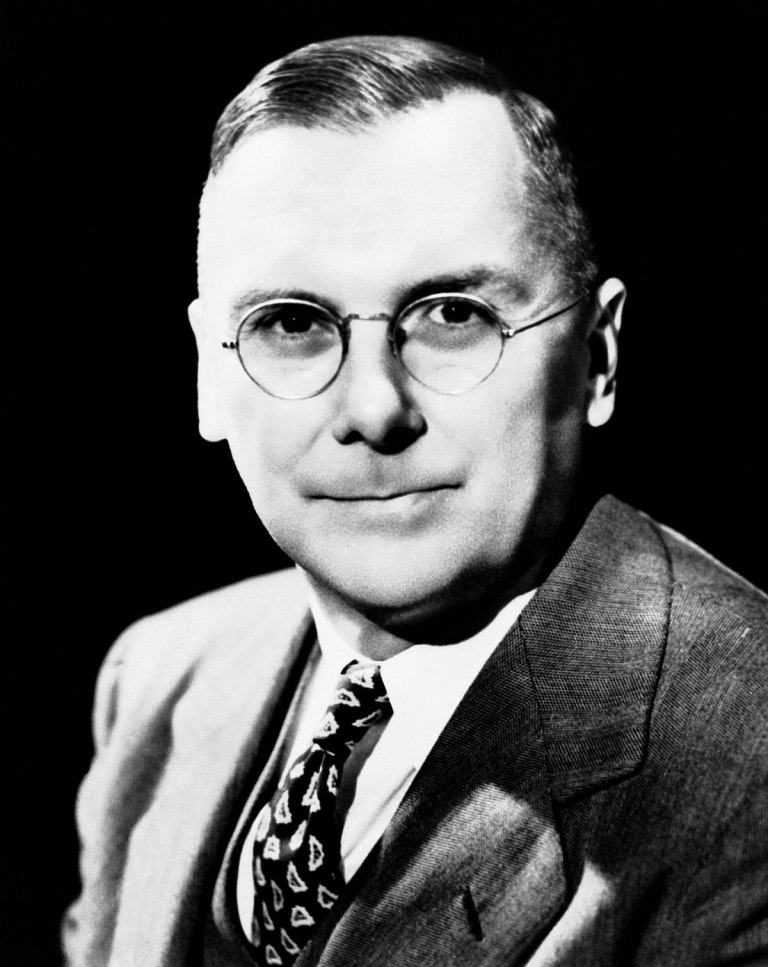
Hugh L. Dryden
NACA Director (1947–1958), Acting NASA Administrator (Jan. 21–Feb. 14, 1961)
Dr. Hugh Latimer Dryden, was Director of the National Advisory Committee for Aeronautics (NACA) from 1947 until the creation of the National Aeronautics and Space Administration (NASA), and was named Deputy Administrator of the new aerospace agency when it was created in response to the Sputnik crisis. Before that time he was Associate Director of the National Bureau of Standards, where he had served since 1918 in scientific research.
Dr. Dryden gained a broad knowledge of aeronautics in his career and in service on numerous technical groups for the Armed Forces and other agencies of the Government. He made numerous technical contributions by research in high-speed aerodynamics, fluid mechanics and acoustics, and published more than 100 technical papers and articles in professional journals.
Born July 2, 1898, in Pocomoke City, Maryland, the son of Samuel Isaac and Nova Hill Culver Dryden, he was reared in Baltimore, where he attended the public schools and was graduated with honors. He earned his way through the Johns Hopkins University, completing the 4-year bachelor of arts course in 3 years, again graduating with honors.
Influenced by Dr. Joseph S. Ames, who for many years was chairman of the NACA and was himself a pioneer in aerodynamics, Dryden undertook a study of fluid dynamics at the Bureau of Standards while continuing his courses at the Johns Hopkins University Graduate School. His laboratory work was accepted by the university when it granted him in 1919 the degree of doctor of philosophy.
Dr. Dryden was promoted in 1920 to head the Bureau’s Aerodynamics Section. In 1924, collaborating with Dr. Lyman J. Briggs, he made some of the earliest studies of airfoil characteristics near the speed of sound. With A. M. Kuethe, he published in 1929 the first of a series of papers on the measurement of turbulence in wind tunnels and on the mechanics of boundary layer flow. His non-aeronautical work included comparative tests to determine the efficiency of roof ventilators, and investigation of pressures exerted by wind upon building structures, cylinders, and chimneys. He was advanced to Chief of the Mechanics and Sound Division of the Bureau in 1934, and in January 1946 to Assistant Director. Six months later he was appointed Associate Director.
While carrying out the Bureau’s special research program onstructures and building materials, Dr. Dryden continued his studies of aerodynamics, where his main interests lay in turbulence and control of the boundary layer. It was natural that, when he was selected to deliver the 1938 Wright brothers lecture before the Institute of the Aeronautical Sciences (the first American so honored) he chose the subject “Turbulence and the Boundary Layer.” The institute in 1940 presented him the Sylvanus Albert Reed award.
In World War II he served on several technical groups advising the Armed Forces on aeronautical matters and guided missiles. As head of the Washington project of the National Defense Research Committee he led development of this countryþs first and only guided missile successfully used in combat, the radar-homing Bat. This achievement won him the Presidential Certificate of Merit in 1948. He served on other committees advising the Joint Chiefs of Staff, NACA, the Army Ordnance Department and the Army Air Forces, on guided missiles. Following the end of war he continued his interest in the Bureau’s guided-missiles development program.
In 1945 Dr. Dryden was made Deputy Scientific Director of the Army Air Forces’ (AAF) Scientific Advisory Group appointed by General Arnold to prepare a report as a guide for future AAF research and development programs. With this group he traveled to Germany, France, England, and Switzerland studying foreign scientific efforts in the development of aeronautics and aerial weapons, especially guided missiles. The Army in 1946 awarded him the Nation’s second highest civilian decoration, the Medal of Freedom, for “an outstanding contribution to the fund of knowledge of the Army Air Forces with his research and analysis of the development and use of guided missiles by the enemy.”
Dr. Dryden was elected to represent the United States at the Sixth International Congress for Applied Mechanics in Paris, 1946, and again at the Seventh Congress, Istanbul, 1952. In 1948 he was appointed an honorary officer, civil division, Order of the British Empire, and was selected in 1949 to deliver the 37th Wilbur Wright memorial lecture before the Royal Aeronautical Society, in London.
Meanwhile, in 1947 he resigned from the Bureau of Standards to become Director of Aeronautical Research at the NACA. Two years later the agency gave him added responsibilities and the new title of Director. In this capacity he had charge of an expanding research organization with some 8,000 employees, three large laboratory centers, and two smaller research stations.
Before the creation of NASA, Dr. Dryden was a member of several scientific advisory committees to Government agencies, including the Technical Advisory Panel on Aeronautics, Department of Defense; the Scientific Advisory Board of the Chief of Staff, United States Air Force; the Scientific Advisory Committee to the President; the Interdepartmental Committee on Scientific Research and Development (Chairman, 1951–55); the Scientific Advisory Committee of the Ballistics Research Laboratory, Aberdeen Proving Ground, and the Advisory Group for Aeronautical Research and Development, North Atlantic Treaty Alliance.
Dr. Dryden wrote 17 technical reports for the NACA. Results of his work have been published in professional and trade journals, dealing with the properties of airfoils at high speeds, wind-tunnel investigations, boundary layer and turbulence, noise suppression, and other aeronautical matters. He was editor of the Journal of the Institute of the Aeronautical Sciences from 1941 to 1956. In 1950 he received the Daniel Guggenheim Medal for “outstanding leadership in aeronautical research and fundamental contributions to aeronautical science.” In 1955 he received the Wright brothers memorial trophy for “significant public service of enduring value to aviation in the United States.” In 1958 he was elected to the Baltimore City College Hall of Fame. Dr. Dryden was honored by the National Civil Service League with the Career Service Award for 1958.
Dr. Dryden married Mary Libbie Travers Dryden in January, 1920. They had one son, Hugh Latimer Jr., and two daughters, Nancy Travers Dryden and Mary Ruth Dryden (later Mary Ruth Van Tuyl). He was active in the work of the Men’s Bible Class of the Calvary Methodist Church in Washington. He held a Methodist local preacher’s license since his college days, when he had charge of the Idlewylde Church of Baltimore. He served as the NASA Deputy Administrator until his death on December 2, 1965.
For further information on Hugh Dryden see Hugh L. Dryden’s Career in Aviation and Space (Washington, D.C.: Monographs in Aerospace History, No. 5, 1996). By Michael H. Gorn, or Richard K. Smith, The Hugh L. Dryden Papers, 1898–1965 (Baltimore, MD: The Johns Hopkins University Library, 1974).


